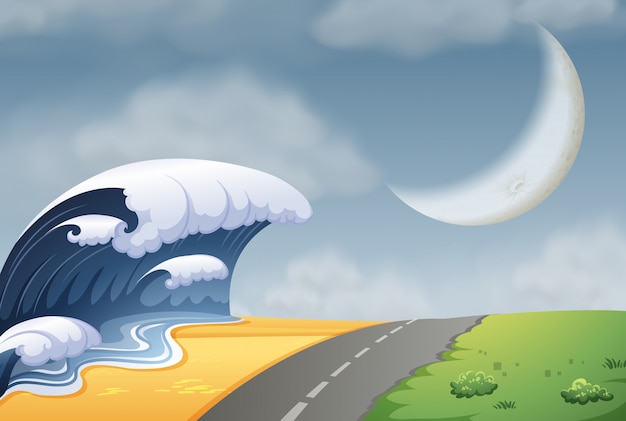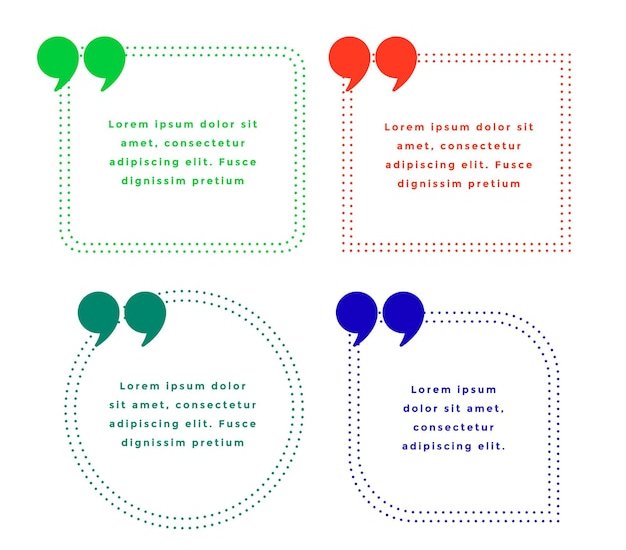Tsunami Facts – What You Need to Know

Tsunamis are powerful natural phenomena caused by underwater earthquakes.
The name ‘tsunami’ is derived from the Japanese words ‘tsu’ meaning ‘harbor’ and ‘nami’ meaning ‘wave.’
Tsunamis can travel across entire ocean basins, reaching far-off coastlines.
The tallest tsunami ever recorded was a staggering 1,720 feet (524 meters) high.
Contrary to popular belief, tsunamis are not related to tidal waves caused by the moon’s gravitational pull.
Tsunamis can travel at speeds of up to 500 miles per hour (805 kilometers per hour).
Most tsunamis occur in the Pacific Ocean, especially along the Pacific Ring of Fire.
The largest tsunami ever recorded occurred on July 9, 1958, in Lituya Bay, Alaska.
Tsunamis can travel thousands of miles, making early detection and warning systems crucial.
The energy released by a single large tsunami is equivalent to thousands of atomic bombs.
The word ‘tsunami’ is now used globally to describe these massive waves, regardless of language.
Tsunamis are often accompanied by loud, roaring sounds resembling a freight train.
Tsunamis can cause significant damage to coastal ecosystems, including coral reefs and mangrove forests.
The Indian Ocean tsunami of 2004 was one of the deadliest natural disasters in history, claiming over 230,000 lives.
Some countries, particularly Japan, have developed advanced technology to detect and predict tsunamis.
Tsunami Facts – What You Need to Know part 2
Tsunamis do not necessarily start as large walls of water but can build up as they approach shallow coastal areas.
The height and impact of a tsunami can vary greatly depending on the location and size of the earthquake that triggers it.
The majority of casualties during tsunamis are caused by drowning rather than direct impact.
Tsunamis can generate strong currents that can sweep people and objects out to sea.
Tsunamis can affect not only coastal regions but also large lakes and even fjords.
After a tsunami, the receding water can create a dangerous situation as it can quickly return with additional force.
Tsunamis can be caused by volcanic eruptions, landslides, or even asteroid impacts.
Tsunamis can have devastating economic impacts, causing billions of dollars in damage.
The 2011 tsunami in Japan prompted a nuclear disaster as waves overwhelmed the Fukushima power plant.
Tsunami warning systems use sensors placed on the seafloor to detect changes in water pressure, indicating the presence of a tsunami.
Tsunamis are not limited to the ocean; they can also occur in large lakes and inland seas.
The word ‘tsunami’ was first used in English in an 1896 article in The Times of London following a tsunami in Japan.
Ancient civilizations, such as the Minoans on the island of Crete, experienced tsunamis and documented their occurrences.
Tsunamis can cause long-lasting psychological effects on survivors, leading to post-traumatic stress disorder.
Tsunamis can disrupt underwater communication cables, causing widespread internet and telecommunications outages.
Tsunamis can deposit sediments far inland, permanently altering landscapes and creating new coastal features.
The Great Lisbon Earthquake of 1755 triggered tsunamis that reached as far as North Africa and the Caribbean.
In some cases, tsunamis have been used as military tactics during wars, causing deliberate flooding of enemy territories.
Islands and low-lying coastal areas are particularly vulnerable to tsunamis due to their limited elevation.
The deadliest tsunami in history occurred in 2004 and affected 14 countries across the Indian Ocean.
Tsunamis can propagate across the ocean with little loss of energy, allowing them to maintain their destructive power over long distances.
Tsunamis can disrupt marine life by washing marine animals ashore or destroying their habitats.
The massive magnitude 9.0 earthquake that struck Japan in 2011 generated a tsunami that reached heights of up to 133 feet (40.5 meters).
Tsunamis are often referred to as ‘seismic sea waves’ because of their connection to seismic activity.
Tsunamis can trigger secondary hazards such as fires, landslides, and flooding due to the immense force of the waves.
Tsunami early warning systems rely on seismic data provided by earthquake monitoring networks around the world.
The term ‘tsunami’ can also be used metaphorically to describe a sudden and overwhelming event or influx of information.
Tsunamis are not affected by ocean tides and can occur at any time, day or night.
The Pacific Tsunami Warning Center, located in Honolulu, Hawaii, is responsible for providing tsunami alerts and warnings for the Pacific Ocean region.
Despite their destructive power, tsunamis have also been a source of inspiration for art, literature, and storytelling throughout history.

